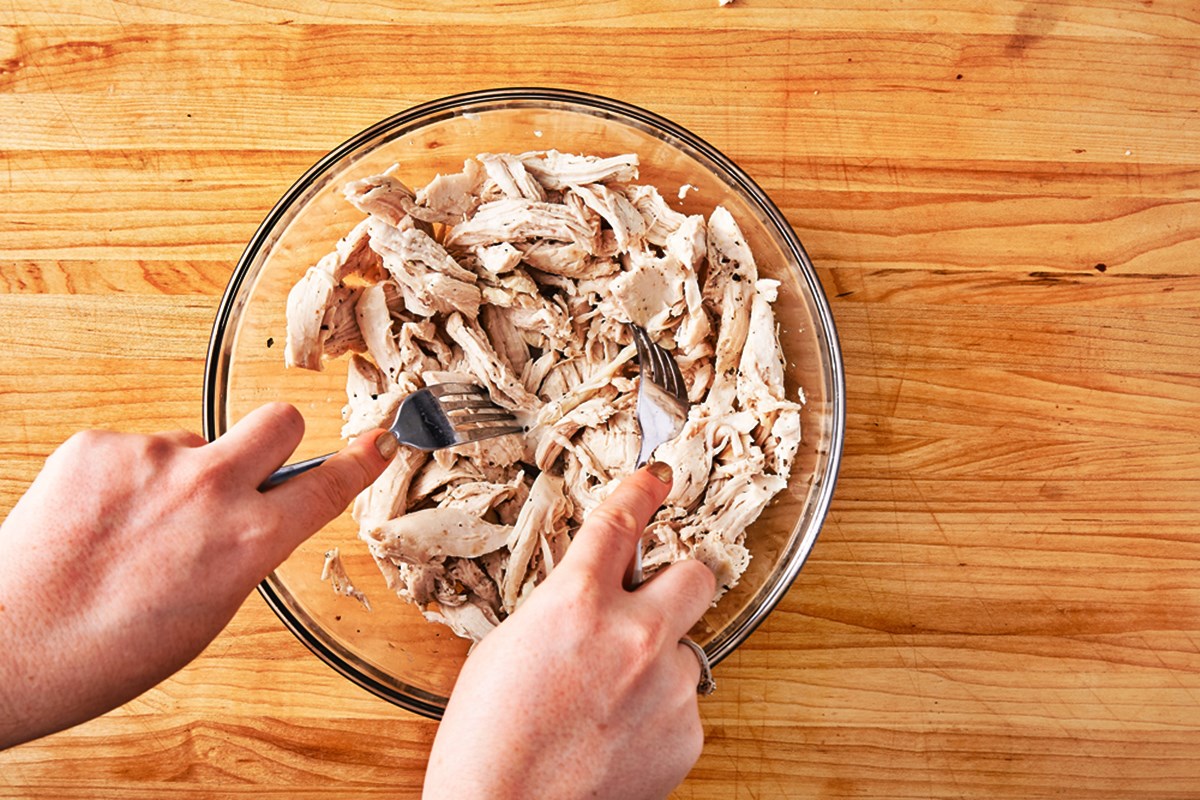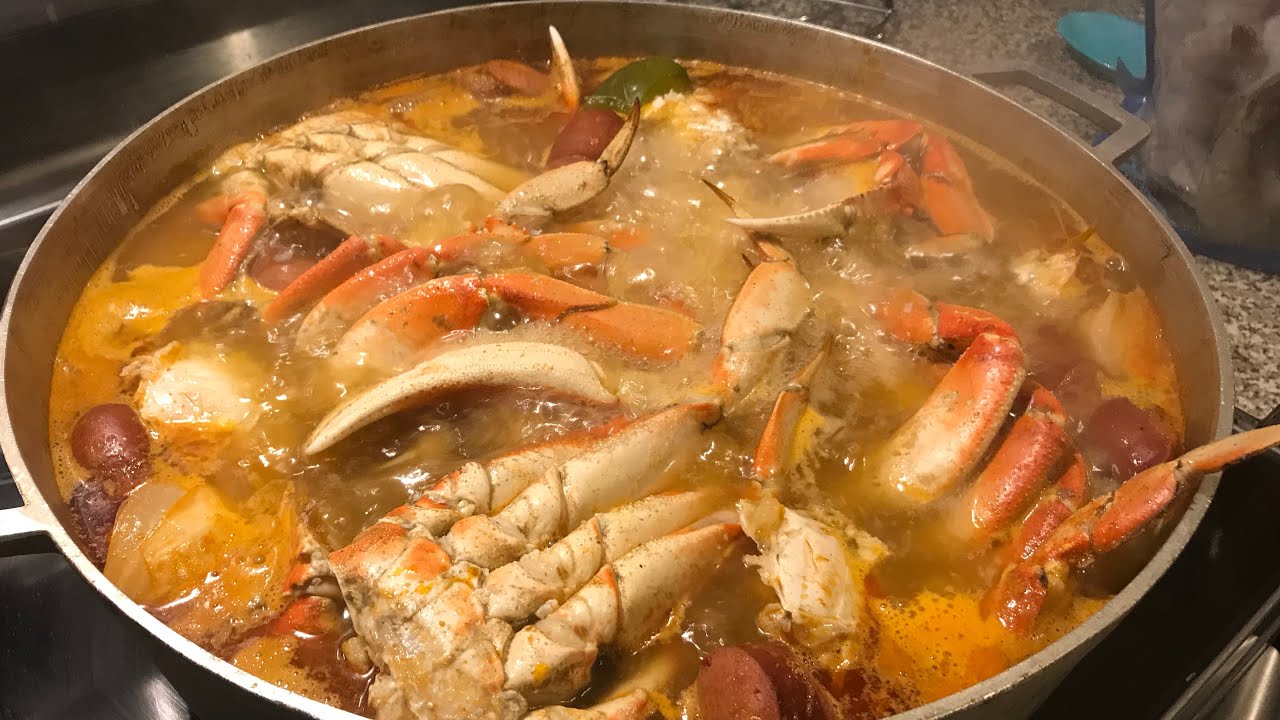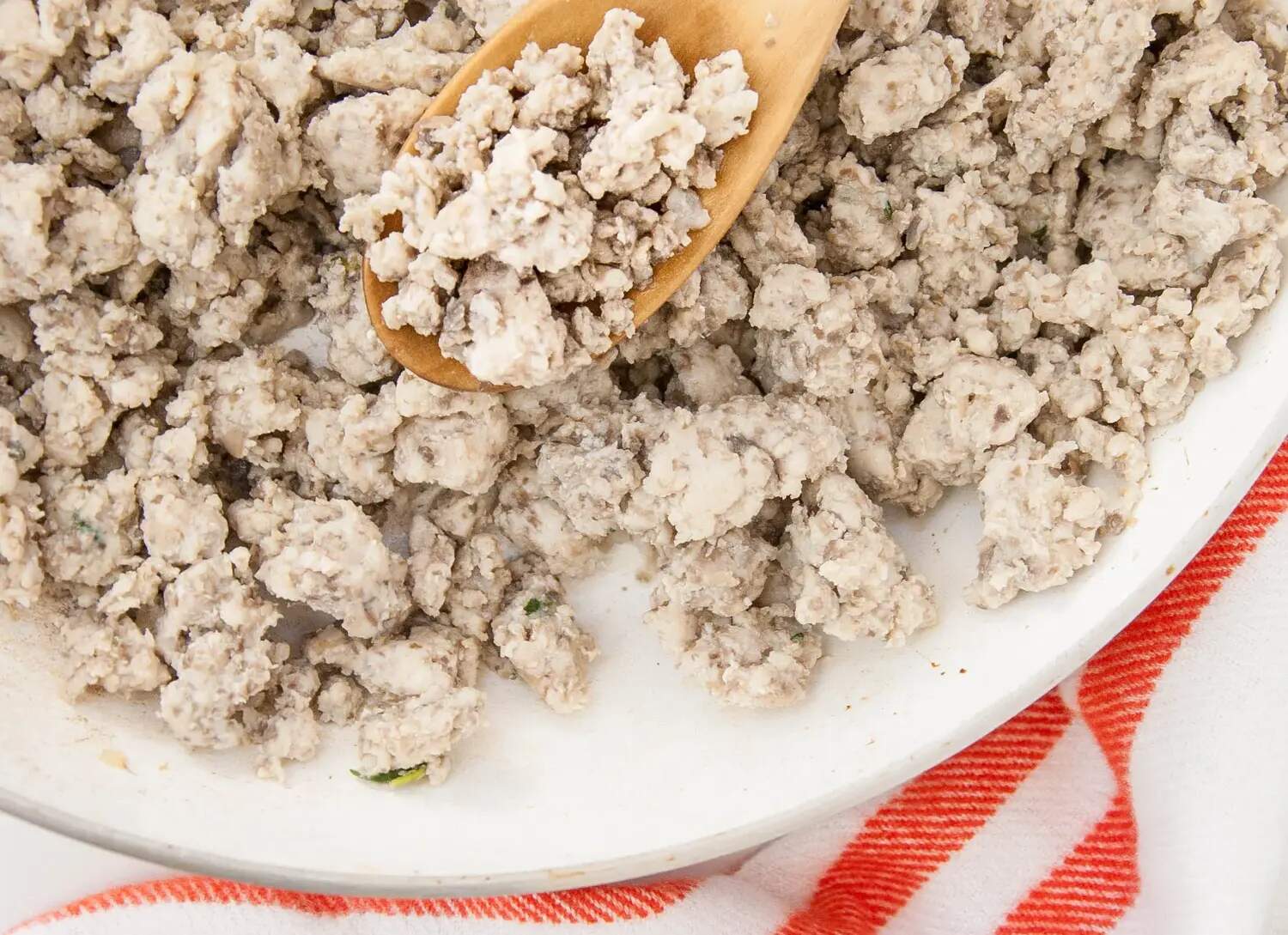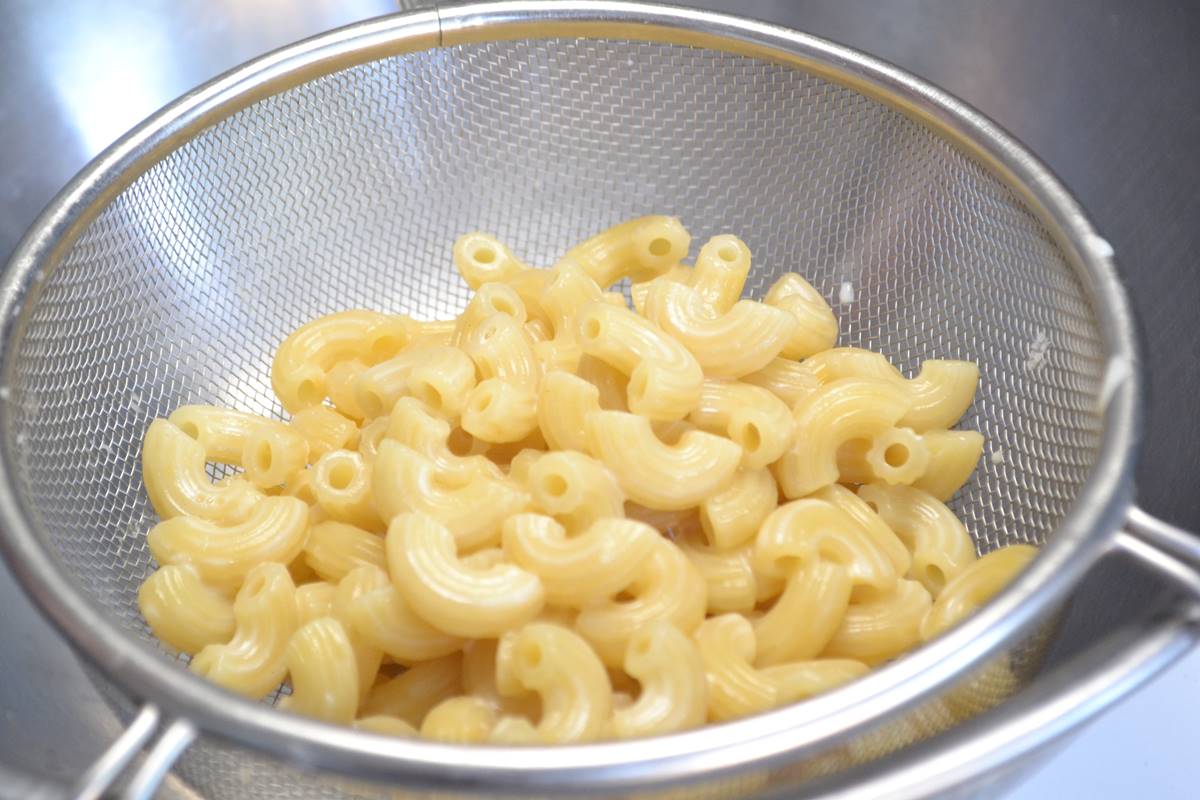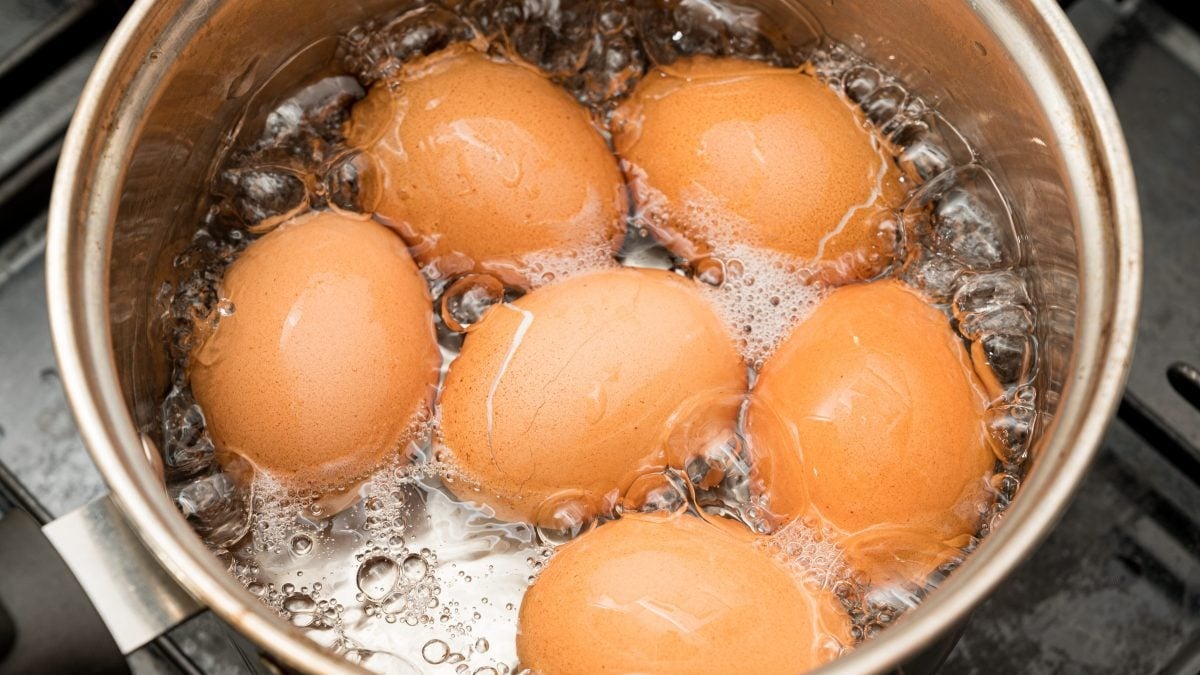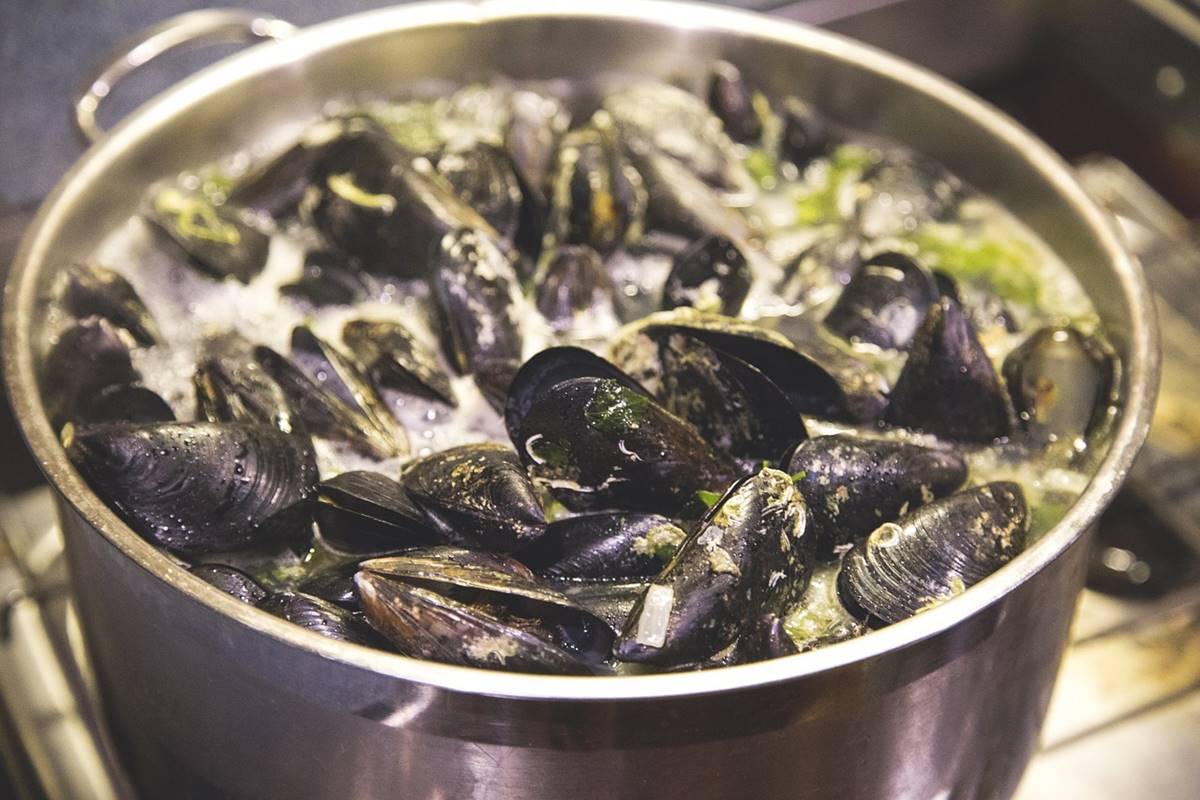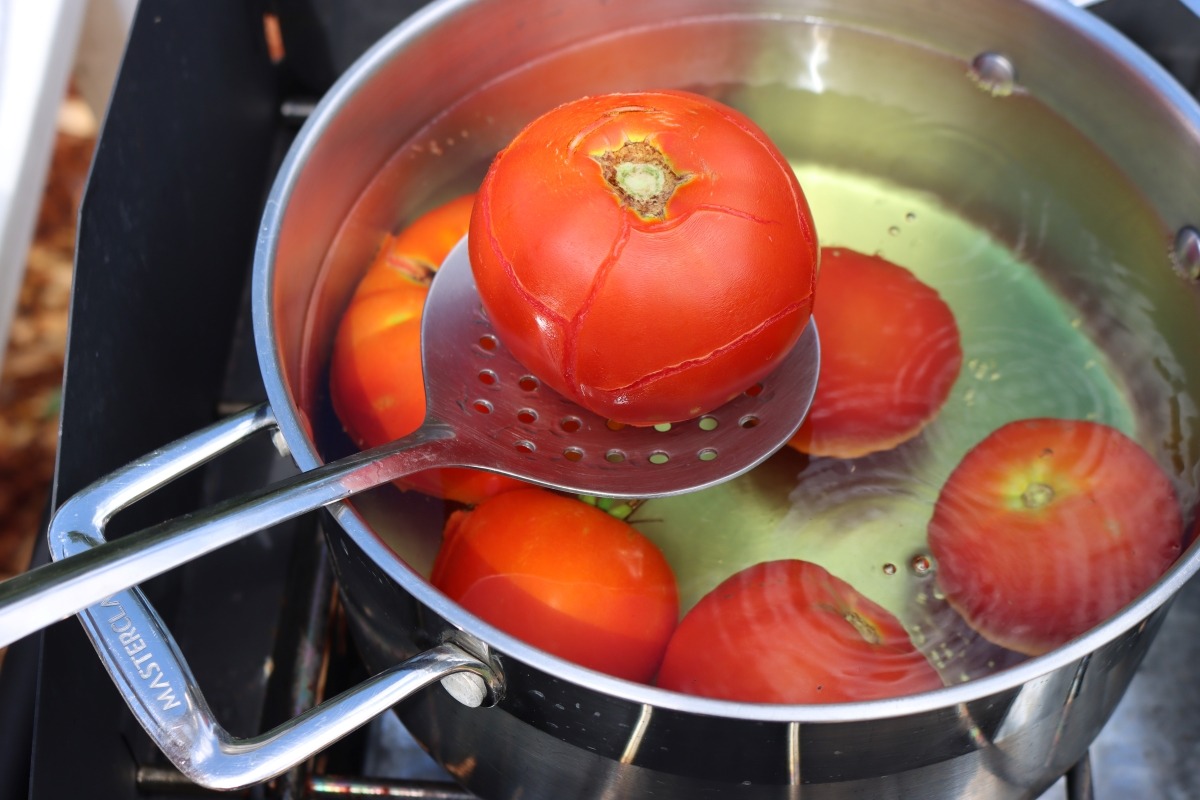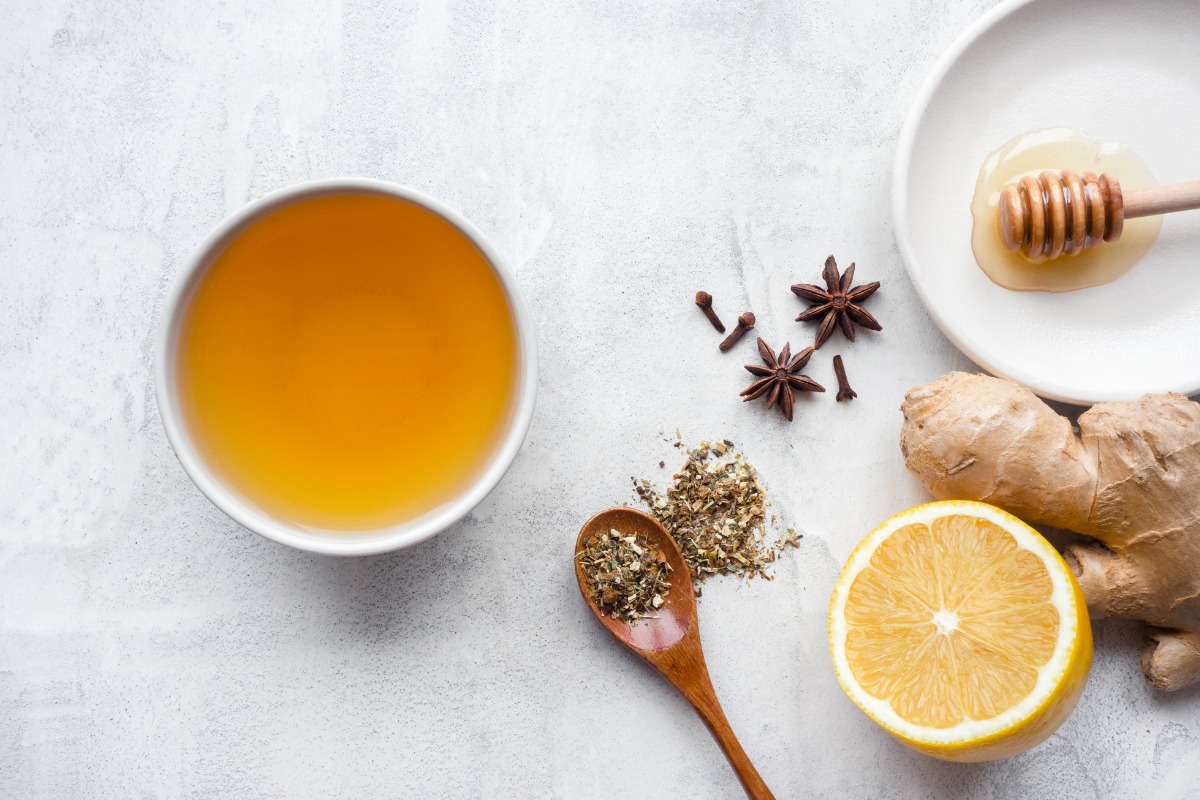Boiling penne pasta might seem straightforward, but perfecting this simple task elevates your dishes from good to great. Whether you're whipping up a quick weeknight dinner or preparing a special meal, understanding the nuances of boiling pasta can make all the difference. This guide will walk you through selecting the right pot, how much water to use, and the ideal boiling time to achieve that coveted al dente texture. With these tips, you'll master the art of boiling penne pasta, ensuring it's perfectly cooked every time, ready to be paired with your favorite sauce or ingredients for a delicious meal.
Gather Your Ingredients
- Penne pasta – 1 pound
- Water – 4 quarts
- Salt – 1 tablespoon
Essential Tools for Perfect Pasta
- Large pot
- Colander
- Wooden spoon
- Measuring cups
- Timer or stopwatch
For perfectly boiled penne pasta, use plenty of water—about 4 quarts per pound of pasta. Add salt generously, and stir occasionally to prevent sticking. Cook until al dente, usually 11 minutes.
The Art of Boiling Penne Pasta
Boiling penne pasta perfectly is essential for creating delicious meals. Mastery over this simple task ensures that your pasta has the ideal texture, neither too firm nor too mushy. Understanding the right techniques, such as water to pasta ratio and timing, can elevate your cooking, making dishes more enjoyable.
Knowing how to boil penne pasta correctly also saves time and reduces kitchen mishaps. It's a fundamental skill that serves as a foundation for numerous recipes, allowing amateur chefs to experiment confidently with different sauces and ingredients. This knowledge encourages culinary creativity, making meal preparation a more fulfilling experience.
Your Step-by-Step Guide
-
Fill a large pot with water, ensuring there's enough space for the pasta to move around.
-
Add salt to the boiling water. A good rule of thumb is about 2 tablespoons for every pound of pasta.
-
Bring water to a rolling boil over high heat. You'll know it's ready when bubbles vigorously break the surface.
-
Add penne pasta to the boiling water. Don't break or cut the pasta; it should fit entirely inside the pot.
-
Stir immediately after adding the pasta. Use a long spoon or fork to prevent sticking at the bottom.
-
Boil the pasta according to the package instructions. For al dente texture, usually boil for 10-12 minutes. Adjust the time if you prefer softer pasta.
-
Check pasta's doneness by tasting a piece. It should be firm to the bite, not mushy.
-
Reserve a cup of pasta water before draining. This starchy water can be used to adjust the consistency of your sauce later.
-
Drain the pasta using a colander. Do this promptly to stop the cooking process and prevent overcooking.
-
Rinse the pasta under cold water if you're using it for a cold dish. For hot dishes, skip this step to retain the pasta's natural starches.
-
Return the pasta to the pot or transfer it to a serving dish. If not serving immediately, you might want to toss it with a little olive oil to prevent sticking.
-
Mix with your chosen sauce or ingredients. Use the reserved pasta water to loosen the sauce if needed.
-
Serve immediately for the best texture and flavor. Enjoy your perfectly boiled penne pasta with your favorite accompaniments.
Mastering the Art of Penne Perfection
Boiling penne pasta might seem straightforward, but nailing it to perfection is an art. Remember, choosing quality pasta, salting water generously, and keeping an eye on the clock are your best bets for achieving that coveted al dente texture. Stirring occasionally prevents sticking, ensuring each piece cooks evenly. Don't forget, testing a piece before draining can save your dish from being over or undercooked. And hey, saving a bit of pasta water can work wonders for your sauce, giving it the perfect consistency to cling to your penne. So, next time you're in the kitchen, ready to whip up a pasta dish, keep these tips in mind. They're simple but mighty effective in taking your pasta game from good to great. Happy cooking!
For those eager to put their pasta-boiling skills to good use, there are several recipes worth trying. Start with Penne alla Vodka for a creamy and tangy delight, perfect for a cozy night in. If you're craving something rich and comforting, Classic Penne Alfredo will satisfy with its buttery and cheesy goodness. For those who love a bit of spice, Penne Arrabbiata offers a fiery kick. Looking for something more herbaceous? Creamy Pesto Penne combines the fresh flavors of basil with a luscious sauce. Each of these dishes not only highlights the versatility of penne pasta but also allows you to enjoy a range of textures and flavors. Give them a try and see how mastering the art of boiling penne can elevate your pasta dishes.
All Your Questions Answered
How long does it take to boil penne pasta?
Cooking penne pasta perfectly usually takes about 11-14 minutes. But hey, don't just set a timer and forget about it. Start checking a few minutes before the lower end of that range. You're aiming for that sweet spot known as al dente – cooked through but with a bit of a bite left in it.
What's the right amount of water to use for boiling pasta?
You'll want plenty of water to give those penne noodles room to dance around in. For every pound of pasta, use about 4 quarts of water. Seems like a lot, but trust me, pasta loves to swim, and this helps prevent sticking and clumping.
Should I add salt to the pasta water?
Absolutely, salt is key! It flavors the pasta from the inside out. For that 4 quarts of water, stir in at least 2 tablespoons of salt once it's boiling. It might sound like a lot, but most of it goes down the drain with the water.
Do I need to add oil to the pasta water?
Nope, skip the oil. Some folks think it prevents sticking, but it really just makes the pasta slippery, causing all that yummy sauce to slide right off. Instead, stir your pasta occasionally while it's cooking to keep those noodles from sticking.
How do I know when the penne is perfectly cooked?
The best way is to taste it! When you're nearing the end of the cooking time, fish out a piece of pasta, let it cool for a sec, and give it a taste. Look for a firm, chewy texture without any hard center. If it's still too tough, give it another minute or two and taste again.
Can I rinse the pasta after draining it?
Generally, you shouldn't rinse your pasta. Rinsing washes away the starches that help sauce cling to the noodles. However, if you're making a cold pasta salad, go ahead and rinse to stop the cooking process and cool it down quickly.
What's the best way to combine the pasta with sauce?
After draining, toss your penne back into the hot pot. Pour in your sauce of choice and stir over low heat for a minute or two. This helps the pasta absorb the sauce, making every bite as delicious as possible.
Was this page helpful?
Read Next: How To Boil Baby Red Potatoes
